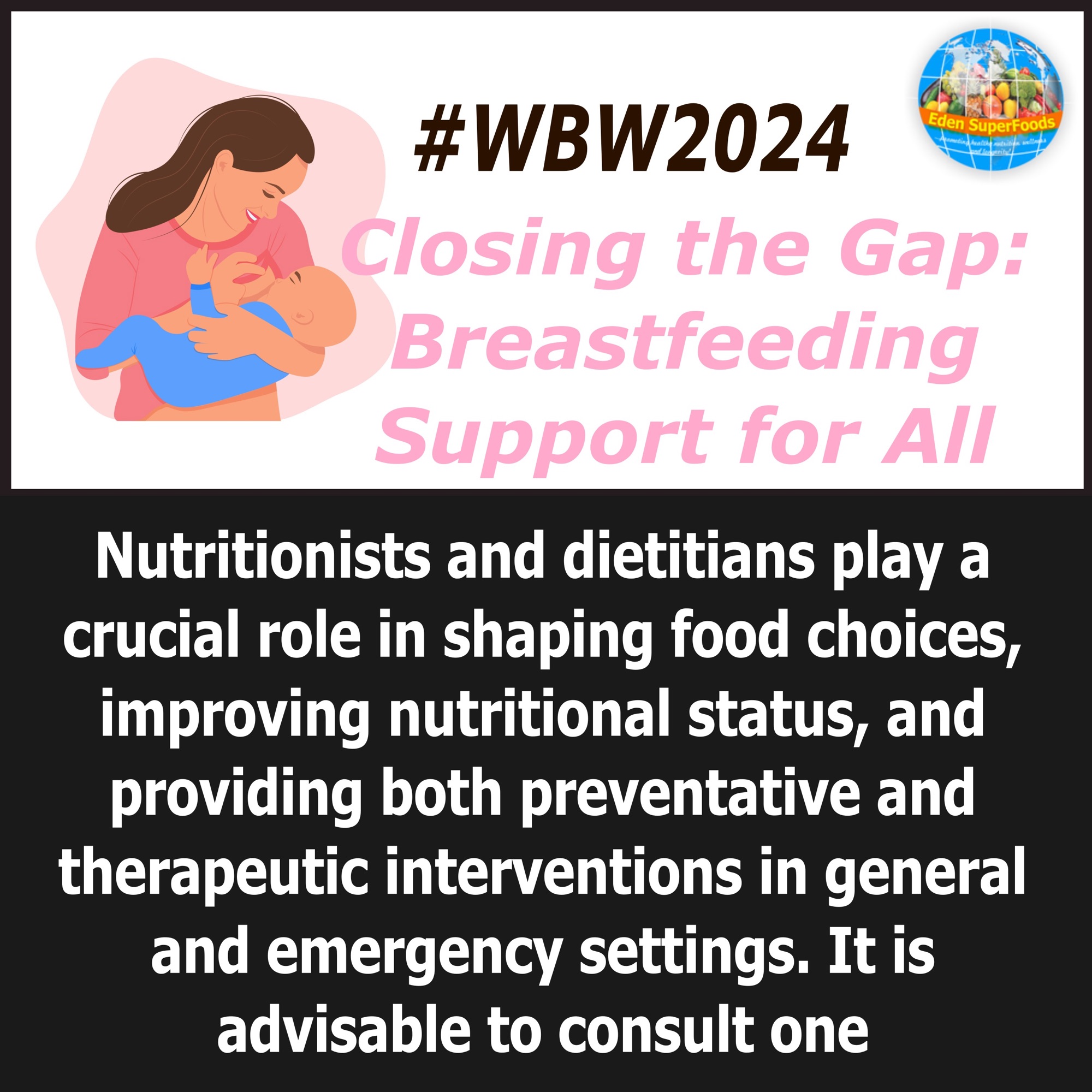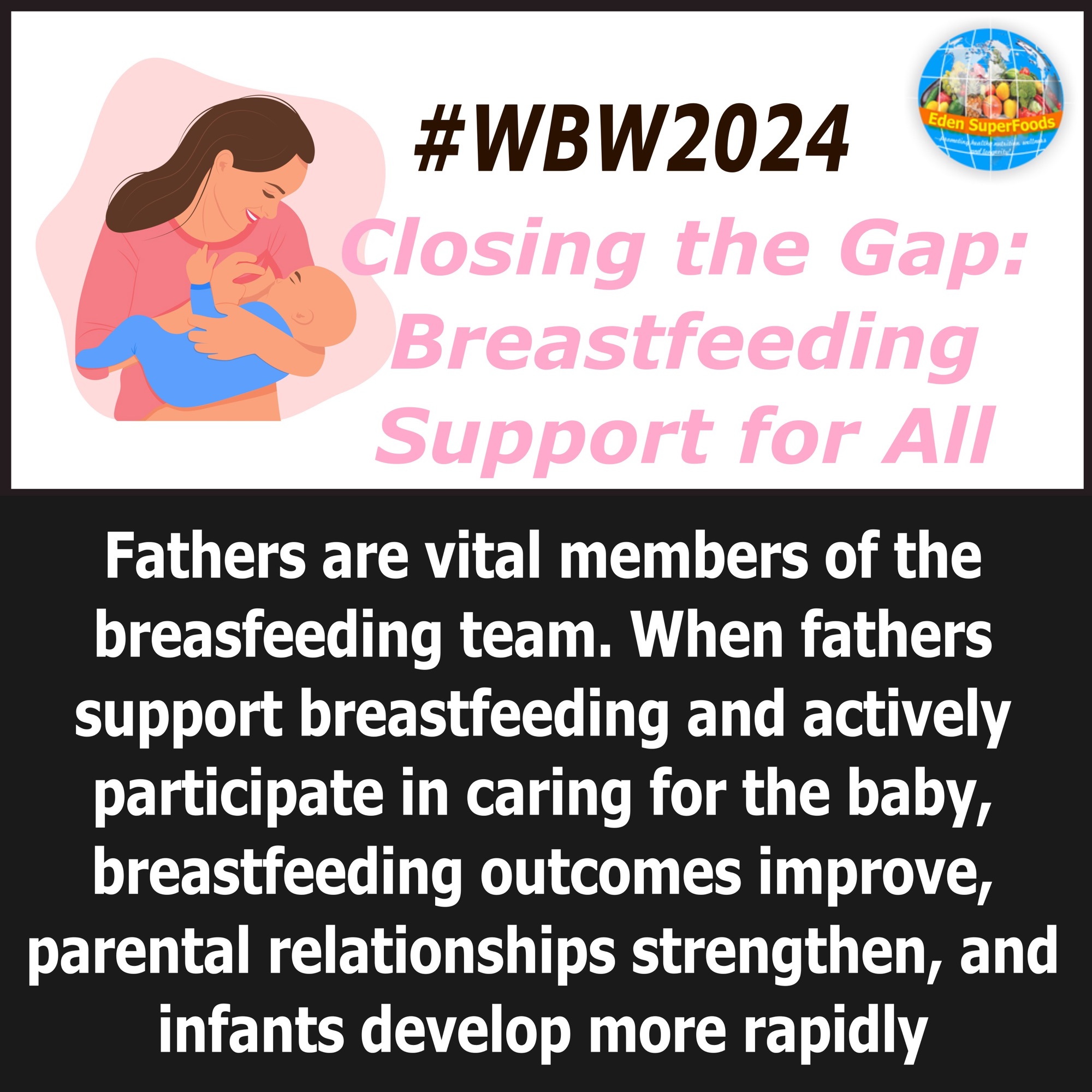As a new mother, there are few experiences more special than breastfeeding your newborn child. Breastfeeding has numerous benefits for both mother and baby, including lower risk of infection and chronic diseases, as well as improved emotional bonding and mental health. Yet, for many working mothers, the challenge of balancing job responsibilities and child-rearing often leaves little time for breastfeeding, and many experience a shorter duration of breastfeeding than they would prefer.
Paid Maternity Leave
Research has shown that the duration and success of breastfeeding is closely linked to the length of maternity leave that a mother receives after childbirth. Specifically, women who had at least 3 months of paid maternity leave were found to be more likely to breastfeed for a longer duration compared to women who had less than 3 months of paid maternity leave. This highlights the importance of providing adequate time and support for working mothers in order to help them successfully initiate and maintain breastfeeding.
Breastfeeding is beneficial to both the babies and mothers
The benefits of breastfeeding are extensive and well-documented. Babies who are breastfed have a lower risk of infections, obesity, and chronic diseases such as asthma and diabetes. Breastfeeding also promotes emotional bonding between mother and baby, leading to better mental health outcomes for both. On the other hand, women who breastfeed have been shown to have a lower risk of breast and ovarian cancer, as well as reduced risk of depression and anxiety.

Despite the benefits, many working mothers find it difficult to breastfeed for an extended period of time. One major factor is the lack of adequate maternity leave. In most countries, the United States, for example, many employers are not legally required to provide paid maternity leave, leaving many women struggling to balance the needs of their newborns with their job responsibilities. This can result in shorter breastfeeding durations or even discontinuing breastfeeding altogether.
In contrast, countries with longer maternity leave policies have higher breastfeeding rates and longer durations of breastfeeding. For example, in Sweden, mothers are entitled to 16 months of paid maternity leave, during which time they can breastfeed and bond with their newborns without fear of losing their jobs. This supportive policy has resulted in high breastfeeding rates and duration, with over 95% of Swedish mothers breastfeeding at birth and 73% continuing to breastfeed at 6 months.
It is not just the length of maternity leave that matters, but also the presence of supportive workplaces that encourage and facilitate breastfeeding. Employers can take steps to support breastfeeding mothers by providing lactation rooms, flexible work schedules, and breastfeeding breaks. These measures allow mothers to express milk and continue breastfeeding even while at work, helping them to maintain a successful breastfeeding routine.
This post in a nutshell
Breastfeeding is a highly beneficial practice for both mother and baby, and it is essential that working mothers receive the support they need to initiate and maintain successful breastfeeding routines. Adequate maternity leave policies and supportive workplaces can make a major difference in the duration and success of breastfeeding, leading to improved health outcomes for both mother and child. It is time for employers and policymakers to prioritize these important policies and recognize the value of breastfeeding for the overall health and wellbeing of society.





